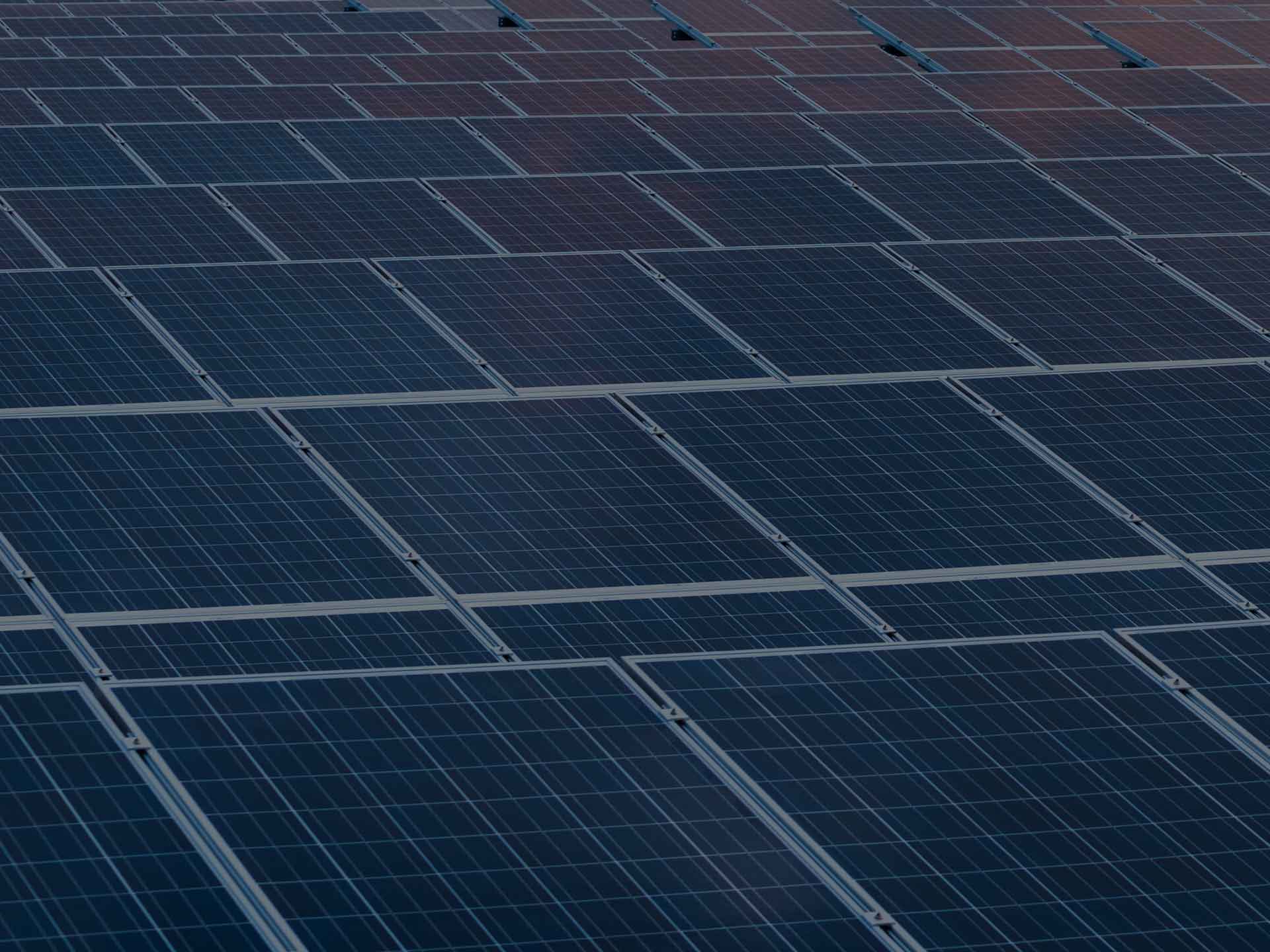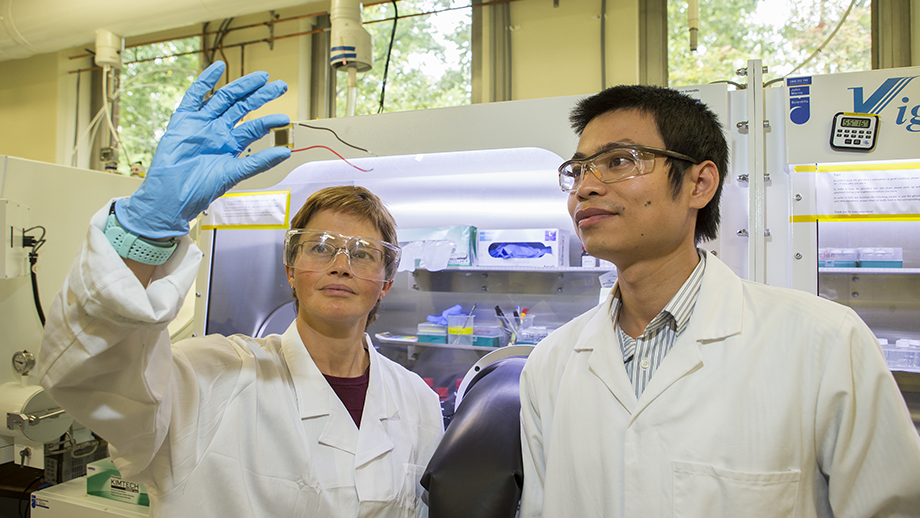Summary
This project will investigate the use of novel multifunctional dielectric layers to simplify processing of high-efficiency silicon solar cells.
Key results
The Project investigated the use of phosphorous oxide (POx) as an insulating layer within silicon solar cells to reduce efficiency loss (through surface recombination) and help simplify production processing (via laser contact formation). These multifunctional dielectric layers can help simplify processing and reduce the cost of high efficiency solar cells. This research has helped advance this technology for commercial application.
Need
Silicon solar cells that use local contacts to reduce contact recombination have demonstrated some of the highest efficiencies in laboratory devices. Transferring such technologies to industry requires substituting complex photolithographic patterning with low-cost, high-throughput processes for local contact formation. The ANU and Eindhoven University of Technology have recently identified phosphorus oxide (POx) as an effective passivation material for silicon cells, with comparable or better performance than current state-of-the-art materials used in mass production.
Learn more
Action
This project is investigating the use of phosphorus oxide (POx) as an insulating layer within high efficiency silicon solar cells in order to reduce efficiency loss (through surface recombination) and simplify production processing.
Such multifunctional dielectric layers have the potential to significantly simplify processing and consequently reduce the cost of high-efficiency silicon solar cells. This project will advance this promising technology towards commercial application.
Outcome
The outcome of the project is expected to be a stable, high-performance technology for surface passivation and contact of silicon solar cells, based on a simple processing sequence and demonstrated in high efficiency devices.






